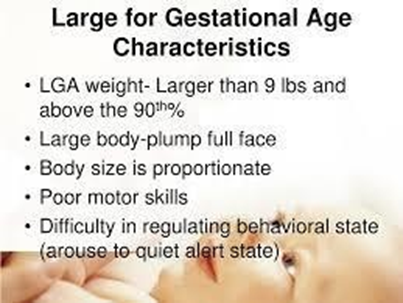The father of a 13-year-old boy reports his family has a strong history of depression. He questions screening for his son. What information should be provided by the nurse?
"Are you having concerns about depression in your son?"
"If you notice that your son is having mood issues, we can certainly refer him for an evaluation with a therapist."
"Screening in at risk teens should be completed annually after age 14."
"Children should be screened for depression every year beginning at age 11."
The Correct Answer is D
A. While acknowledging the father's concerns is important, this response doesn't provide guidance on addressing potential depression in the son.
B. Offering to refer the son for evaluation with a therapist if mood issues are noticed is important and provides proactive support and guidance for addressing potential depression but screening children with a risk factor for depression from the age of 11 is the best choice.
C. While regular screening may be indicated for at-risk teens, waiting until age 14 may miss opportunities for early intervention in some cases.
D. Screening for depression is recommended for all children aged 11 and older, especially those who have a family history of depression or other risk factors. The nurse should inform the father that screening his son for depression is important and can help identify any signs or symptoms early. This is based on the recommendations of the American Academy of Pediatrics, which state that pediatric primary care providers should screen all children and adolescents for depression at least once a year, starting from age 11.
Nursing Test Bank
Naxlex Comprehensive Predictor Exams
Related Questions
Correct Answer is A
Explanation
A. Bladder capacity varies with age and gender. The formula for bladder capacity, is (age + 2) x 30 ml. For a 9-year-old girl, the bladder capacity is (9 + 2) x 30 ml = 330 ml approximately 12 ounces.
B. This is a lower capacity than the estimated one for a 9-year-old girl.
C. This is a lower capacity than the estimated one for a 9-year-old girl.
D. This is a lower capacity than the estimated one for a 9-year-old girl.
Correct Answer is C
Explanation
A. A birthweight above the 90th percentile for gestational age is characteristic of large-for-gestational-age newborns. The above birth weight is within the normal ranges.
B. Strong, brisk motor skills are not necessarily indicative of being large-for- gestational-age.
C. Large-for-gestational-age newborns. They may have difficulty in arousing to a quiet alert state due to hypoglycemia, hypocalcemia, or polycythemia.
D. A wasted appearance of extremities is more indicative of intrauterine growth restriction (IUGR) rather than being large-for-gestational-age. LGA newborns typically have plump and rosy appearance.

Whether you are a student looking to ace your exams or a practicing nurse seeking to enhance your expertise , our nursing education contents will empower you with the confidence and competence to make a difference in the lives of patients and become a respected leader in the healthcare field.
Visit Naxlex, invest in your future and unlock endless possibilities with our unparalleled nursing education contents today
Report Wrong Answer on the Current Question
Do you disagree with the answer? If yes, what is your expected answer? Explain.
Kindly be descriptive with the issue you are facing.
